Books Arts or Art Books? Call Them What You Will
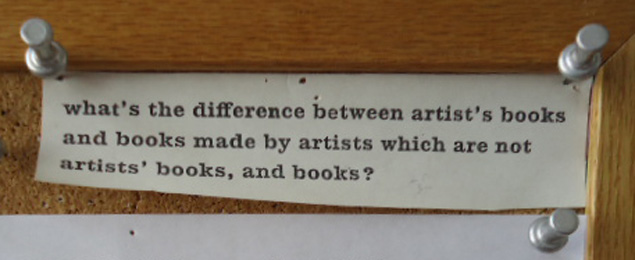
There is a sign tacked to the cork board of the Art & Illustrated Books Department clipped from a forgotten source years ago that states: “What’s the difference between artist’s books and books made by artists which are not artists’ books, and books?” Its edges may be curled with age, and its continued presence exists to amuse the specialists, but its message remains valid because the terminology is a perennial conundrum.
Others regularly attempt to define them in essays, books, articles, and diagrams; some even explaining them by stating what they are NOT (i.e. children’s books, “art” books, monographs, or exhibition catalogues). Besides the basic question of what they are called—artist’s books, livres d’artiste, even bookworks—there is also the argument of punctuation—artist’s books, artists’ books, artists books. It can drive a collector or specialist mad, and no consensus seems to ever have been made.
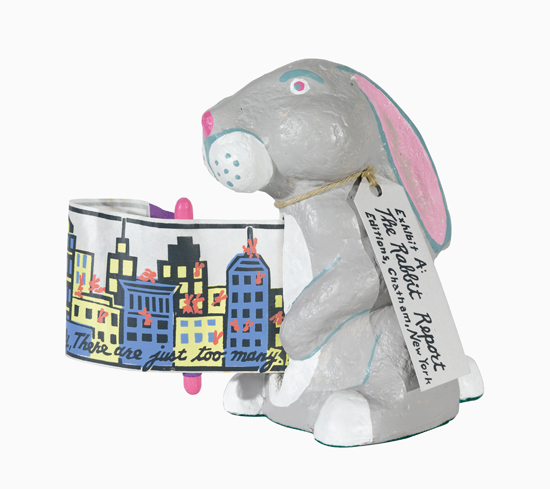
However, in the most basic sense, an artist’s book is a collaborative effort between an author and artist, but can also be created by a single person. These works give us the visual and tactile pleasure of experiencing the book as an artistic object. They are most often in the recognizable form of a physical book with a binding and contents, but again, they can also embody any number of shapes, mediums, or material. For the admirer of books and all forms of artistic expression, they are some of the most beautiful and interesting objects one can collect and they show up in numerous sales at Swann, including the May 12, 2011, Art, Press & Illustrated Books.
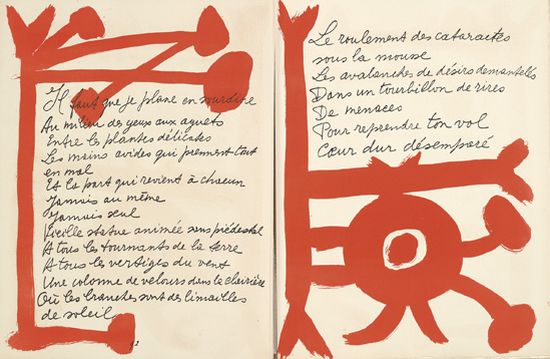
As we saw on April 7 2011 in the Fine Books & Manuscripts auction, with Eric Gill’s 20th century homage to the illuminated manuscript with his Four Gospels, here Picasso intentionally did the same for the somber poems about World War II by poet Pierre Reverdy, filling each page in Le chant des Morts with large red strokes resembling Asian calligraphy. It became the largest number of illustrations Picasso ever produced for any book and sets itself apart from his other, more figurative works by its bold red arabesques of swift brushstrokes.
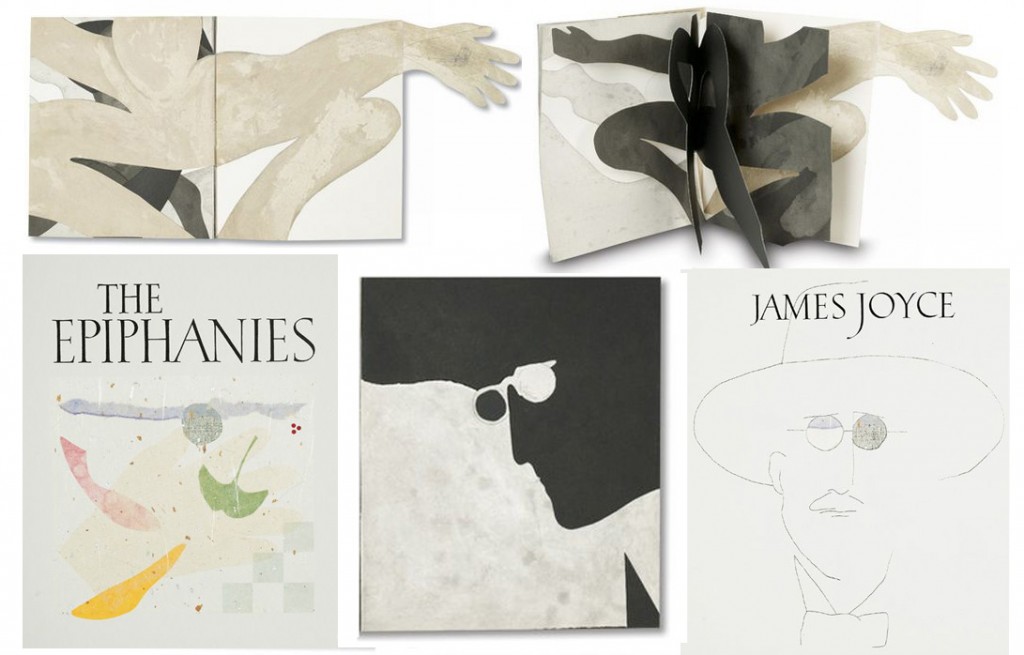
Three books by modern artist book master Vincent FitzGerald & Company represent more contemporary artistic interpretations of literary works. Published in the 1980s, The Epiphanies, Bride-Ship and Gulls, and Giacomo Joyce Interpreted by Susan Weil showcase the creative artist and designer Susan Weil’s celebration of the life and works of James Joyce, using stencils, watercolors, gouaches, and three dimensional collages.
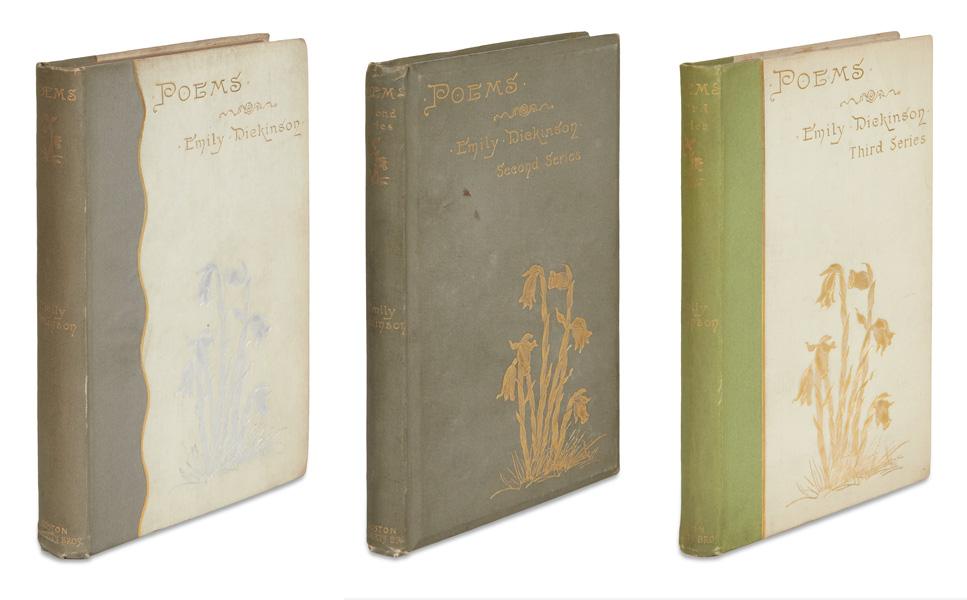

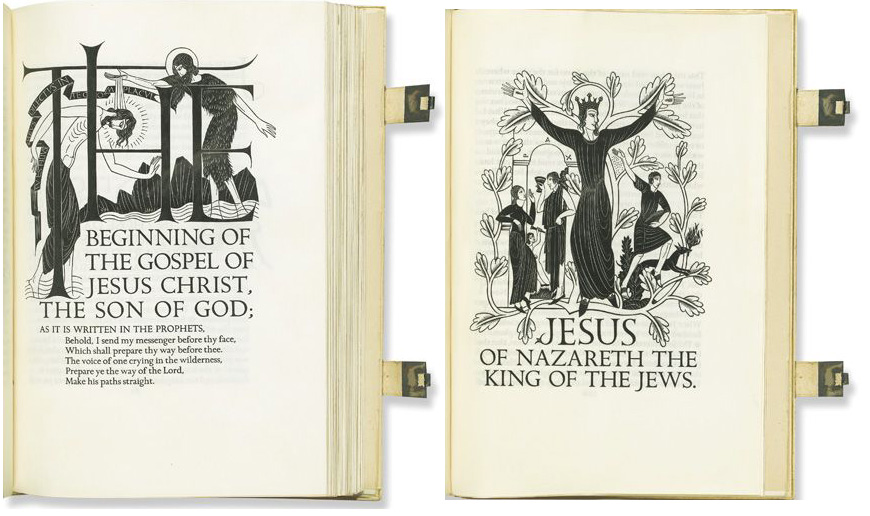












![Grace Meschery-McCormack shares about two copies of Fernando de Rojas’s ‘La Célestine,’ including a limited edition copy illustrated by Pablo Picasso.
At auction April 22. Learn more about the works at the link in our bio.
#Rarebooks #rarebookdealer #antiquarianbooks #auctions
_______________________________________
Music Credit:
Schubert - Piano Quintet in A major ‘The Trout’, D. 667 - IV. Andantino – Allegretto
Music provided by Classical Music Copyright Free on Youtube [https://tinyurl.com/visit-cmcf]
Watch: • Schubert - Piano Quintet in A major ‘...]](https://scontent-iad3-1.cdninstagram.com/v/t51.75761-15/491443494_18499096345036585_5935932878956098058_n.jpg?stp=dst-jpg_e35_tt6&_nc_cat=107&ccb=7-5&_nc_sid=18de74&_nc_ohc=Kjf2AzWLeY8Q7kNvwEQYrfY&_nc_oc=Adn_Uzi4Nwl1nHCsTtuLCIkthuYOWwKedtxovtcdMSYhpbHQGScR7QSzzN2rD0v-khE&_nc_zt=23&_nc_ht=scontent-iad3-1.cdninstagram.com&edm=AM6HXa8EAAAA&_nc_gid=IbcSqAQUVpdaO9JWi-44pg&oh=00_AfJSqMxcJpH4q9h9WDsPEY5foV5lT7WggsaS36MyZDbjdA&oe=68217E51)


